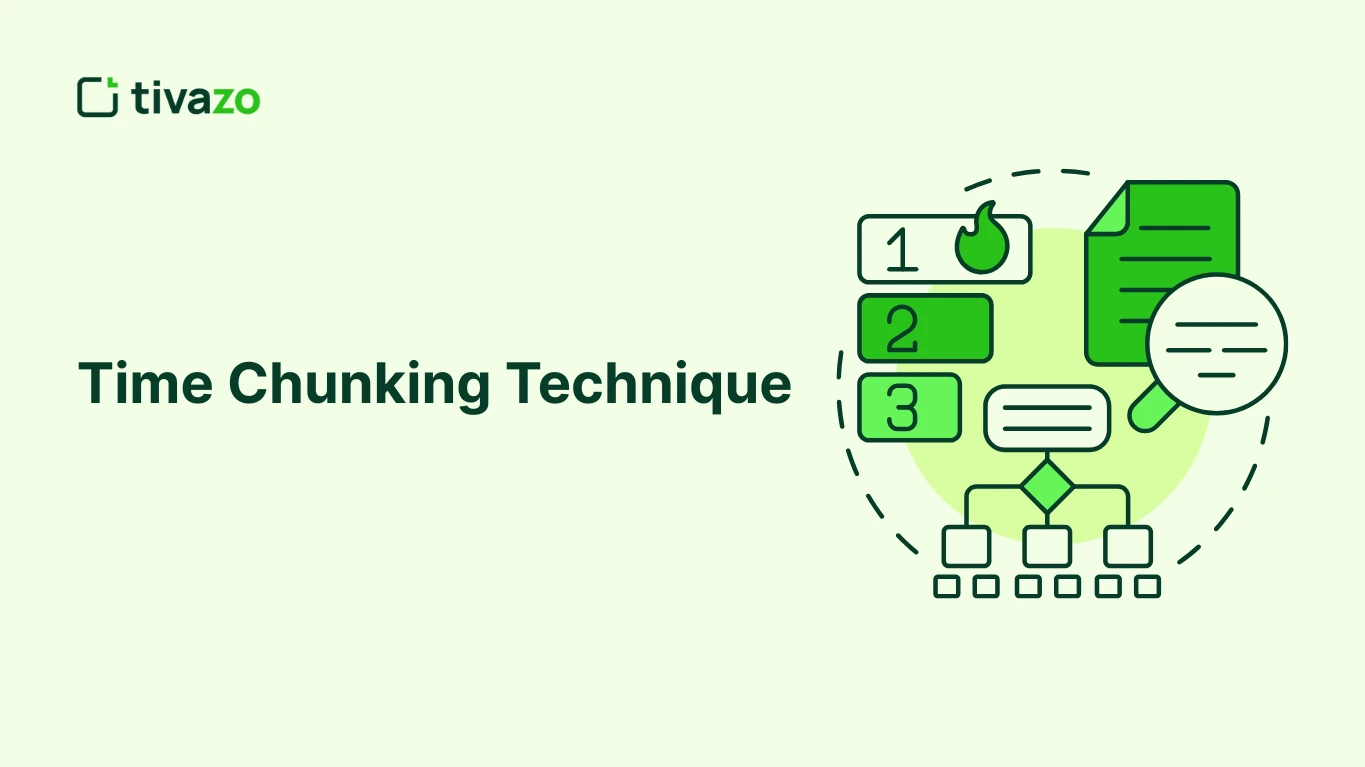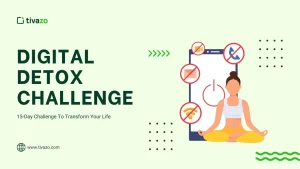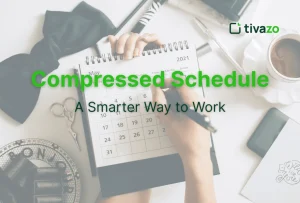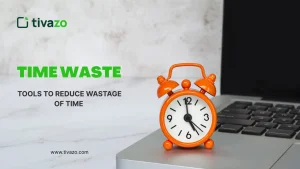Do you find it difficult to concentrate in a distracting world? If yes, the time chunking technique is one of the straightforward but effective methods of taking control of your working day again. The rules of deep work are that you can eliminate the errors of multitasking and increase your productivity by dividing your assignments into concentrated time periods.
This technique is not only about the schedule, it is about teaching your mind to have one thought at a time, and better time management, decreasing mental overload, and boosting the efficiency of the work. Regardless of whether you have to reply to letters, hold a large number of meetings, or work on creative assignments, the time chunking tip might be able to revolutionize your workflow and reduce distractions.
In this blog, we will discuss how this productivity technique can be used, what makes it effective, and how to apply it to your life and activities to get the best out of it.
💡Key Highlights:
- What Is the Time Chunking Technique?
- Benefits of the Time Chunking Technique
- How to Use the Time Chunking Technique Effectively
- Time Chunking vs. Time Blocking
- Common Challenges with the Time Chunking Technique
- Tool to Support Your Time Chunking Practice
What Is the Time Chunking Technique?
A time chunking technique is a time management process that entails working in wide target sectors of time, which could be 1-3 hours. Every chunk is devoted to any kind of work or to similar kinds of work without distractions.
This is unlike multitasking, where the research indicates a 40% drop in productivity, as reported by the American Psychological Association, as time chunking does the opposite, whereby it motivates you to focus on one activity at a time. Such a narrowed-down perspective will decrease the brain overload and decision fatigue.
The method is not rigid; individuals can apply shorter units, such as 25 minutes of the Pomodoro method, or other people favor longer durations to engage in extended work. It is a matter of dedicating yourself to doing one thing at a time and avoiding distractions.
How does the Time Chunking Technique Improve Your Productivity? (Benefits)
The time chunking technique offers more than just a way to organize your day; it fundamentally changes how you work and think about tasks. Understanding its key benefits will help you see why so many productivity experts recommend this approach for better time management and focus.
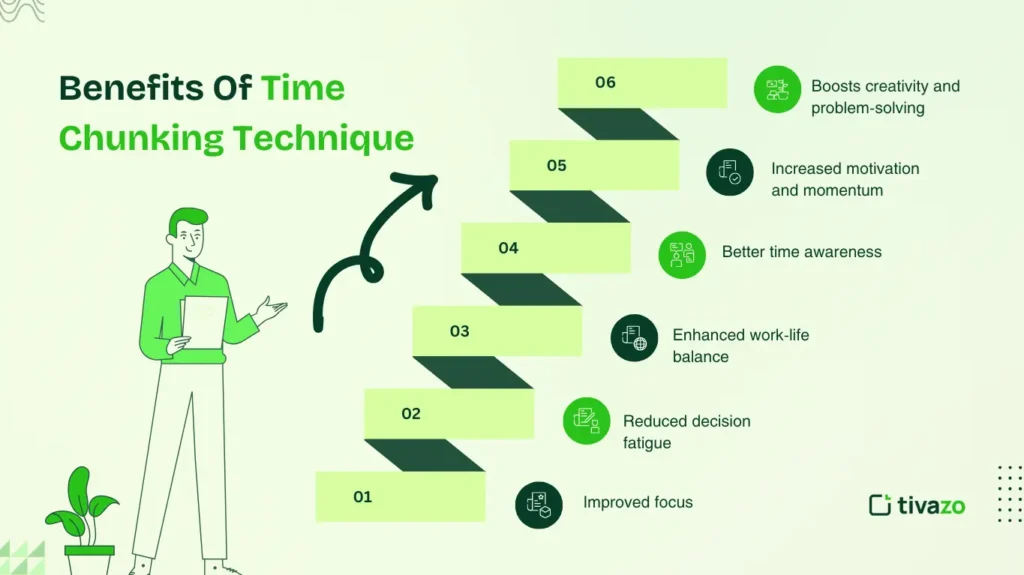
1. Improved focus
The time chunking technique has the advantage of making your brain go into a deep state of flow by allocating certain chunks of time solely to a single task. This concerned attitude improves your work rate and allows you to work on your work calmly without distraction.
2. Reduced decision fatigue
When you become a victim of decision fatigue, it becomes very hard to remain productive even in a day. This is reduced to a bare minimum by applying the time chunking technique, which means that you have your day pre-planned in deliberate chunks so that you make fewer decisions about what to do and spend more time doing it.
3. Enhanced work-life balance
It is essential to establish distinct contrasts between the workplace and personal zones to take care of the psyche. The time chunking technique will allow you to create scheduled time blocks of working and rest, and it will allow you to more easily shut off at the end of the day to enjoy your personal life to the fullest.
4. Better time awareness
Most individuals tend to misjudge the length of time taken in carrying out activities. By time chunking, you also note down your periods of concentrated work, so you learn more about how quickly you tend to work and how you are able to plan future projects more intelligently.
5. Increased motivation and momentum
Breaking large tasks into smaller ones makes it easier to begin working. The time chunking technique will help us to win small every day, which will motivate us and ensure that we maintain our momentum.
6. Boosts creativity and problem-solving
Concentrated time blocks allow your brain to delve into a deep quest to implement ideas and solve problems. The time chunking technique helps to create an atmosphere where the thinking can become creative enough without any distraction that constantly tugs at it.
Such an intense involvement can result in innovative solutions or improved decision-making, which is imperative in complex or strategic tasks.
7. Supports better stress management
Division of labor into small pieces makes the workload easier to cope with and allows you to solve it gradually. The chunking structure of time allows scheduling breaks, and it is essential since they help reduce the level of stress and keep the mind sharp.
Through pacing your work, you eliminate the cases of engulfment in work and maintain a consistent energy level throughout the day.
It grows out of these advantages that the time chunking technique is an effective way of changing your productivity patterns, minimizing burnout, and making you capable of accomplishing more with a lower degree of stress.
How to Use the Time Chunking Technique Effectively
The learning of the time chunking technique involves not only a simple segmentation of the time but also careful planning and commitment. By taking these practical steps, you will be able to ensure that the focused time block is fully utilised by you so that your productivity gets improved with the distraction being minimised.
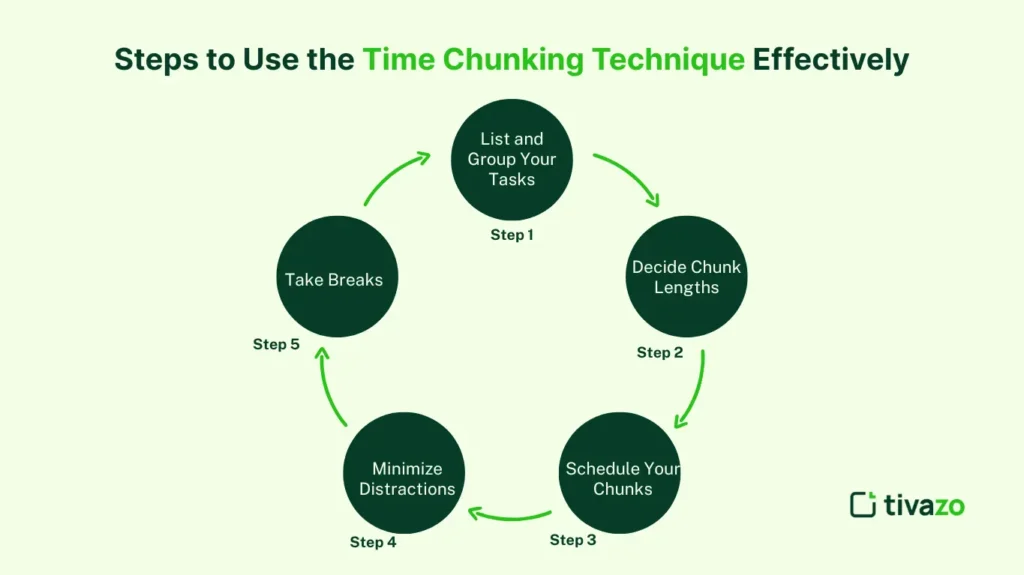
Step 1: List and Group Your Tasks
First, you should make a list of all that you have to do, with ways of grouping similar tasks. As an example, you should collect all the emails at once or organize consecutive meetings.
Step 2: Decide Chunk Lengths
To determine the length of chunking, select chunk lengths corresponding to your level of attention and the levels of difficulty of tasks. Novices may begin at 45- to 60-minute intervals.
Step 3: Schedule Your Chunks
Block some time in a calendar or planning diary to do each chunk. Assign seriousness to these appointments just the same way you assign meetings.
Step 4: Minimize Distractions
When you chop up your actions, turn off your notifications during silence, arrange irrelevant tabs, and inform your colleagues about your availability.
Step 5: Take Breaks
Break in between chunks, engage in meaningful breaks, stand, stretch, rehydrate, or meditate.
Take great mind-over-time chunking training by implementing these steps as a continuous process, you will be able to work smart and at the same time, be able to get better focus on your day.
Time Chunking vs. Time Blocking
You might hear time chunking compared with time blocking, so let’s clarify the difference:
| Aspect | Time Chunking | Time Blocking |
| Definition | Dividing the day into larger blocks focused on a single task or related tasks, usually 1-3 hours long. | Scheduling specific time slots for different tasks or activities, often in shorter intervals throughout the day. |
| Focus | Emphasizes deep, uninterrupted work on one task or group of tasks. | Emphasizes strict scheduling of various tasks, including short meetings and small activities. |
| Chunk Length | Typically longer periods (45-120 minutes) to allow for flow and focus. | Often shorter time slots (15-60 minutes) tailored to individual tasks. |
| Flexibility | More flexible with task grouping; encourages batching similar tasks together. | More rigid; each task is assigned a specific start and end time. |
| Best For | Tasks requiring sustained concentration and creativity, like writing or coding. | Managing a packed schedule with varied, time-sensitive tasks like meetings, calls, and admin. |
| Breaks | Built-in natural breaks between chunks to recharge. | Breaks are scheduled separately or squeezed between tasks. |
| Mental Impact | Reduces cognitive overload by limiting task switching during chunks. | Requires frequent context switching, which may increase mental fatigue. |
| Planning Style | Focuses on batching and prioritizing related tasks in chunks. | Focuses on fitting every task into a calendar slot, down to the minute. |
In short, time chunking is especially useful for tasks requiring sustained concentration, while time blocking is better suited for highly scheduled days with many different obligations.
Boosting Time Chunking with Mindfulness
Numerous highly rated articles discuss how to apply the mechanics of time chunking; however, they miss the mental aspect. Mindfulness is one thing that you can add to your breaks and increase your productivity.
A study conducted in the Journal of Occupational Health Psychology in 2018 found that mindful employees showed a 16 percent increase in concentration, as well as experienced fewer stress factors in the workplace.
Attempt incorporating breaks into mindful breathing or fast meditation exercises, or basic body checks. This psychological reset goes together with the idea of focused work chunks, with burnout extinction, and better concentration.
Common Challenges with the Time Chunking Technique
Although another productivity tactic, such as the time chunking technique, has a lot of benefits, it is not without its concerns. Being aware of these pitfalls should allow you to eliminate and prevent them in order to become more productive during your studies or working time.
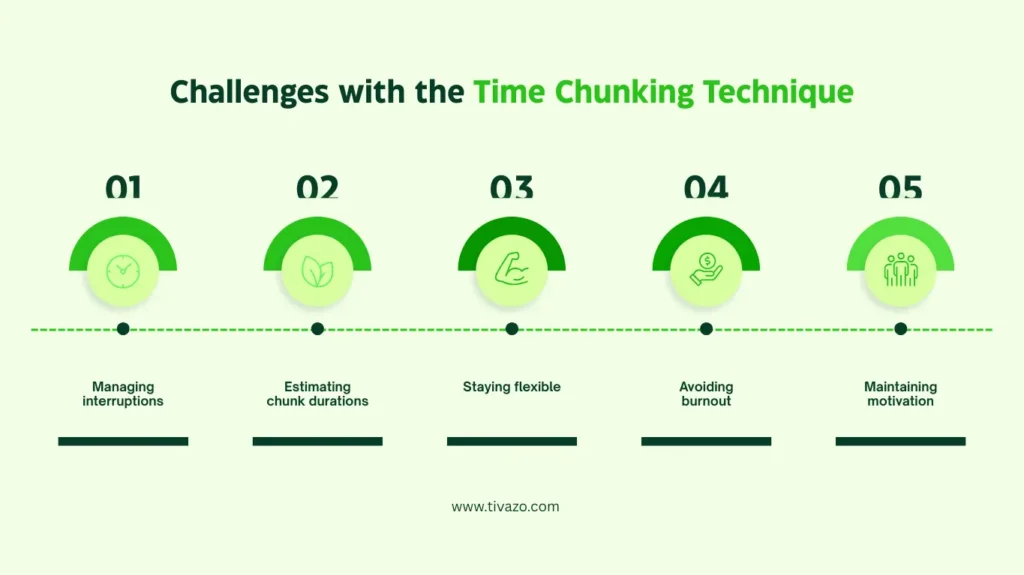
1. Managing interruptions
Among the greatest obstacles one is usually faced with when using the time chunking technique is dealing with interruptions. The distractions might come in the form of surprise calls, e-mails, or visits by colleagues, and they may interfere with your concentration and halt your flow.
To fight it, establish strong boundaries, notifying people where/when you do concentrated work, and apps such as Do Not Disturb modes or active noise-cancellation headphones. It is reasonable to keep the deep level of concentration that determination of chunking of time depends on and make an environment distraction-free.
2. Estimating chunk durations
In this research, the chunk durations could be best estimated through the overlap of pieces. The pieces, as described in the Operational flow chart, overlapped with each other to provide an estimate of the chunk duration.
It may be a bit challenging to decide how long certain time chunks are, especially when you are a novice in this strategy. Overestimating or underestimating of time taken to finish tasks can result in frustration or time wastage, respectively.
Keep time regularly and optimize your kicks depending on your experience. By trial and error, you will get a better feeling of the times that the tasks will take, and you will be able to plan better and not be stressed about the time.
3. Staying flexible
Strict observance of time blocks does not always comply with the uncertain nature of the work. Urgent emails, unexpected meetings, or emergencies may mess up your schedule and lead to a hard time following your chunks.
The trick is to make your planning flexible. Consider buffer time between chunks and be ready to change your timetable whenever required, without forgetting about your productivity targets.
4. Avoiding burnout
Working on huge time blocks without necessary relaxation time may contribute to burnout. Time chunking allows taking breaks, and some individuals have a problem with taking breaks or when they subsequently feel guilty because they have left their workstations.
Take mental breaks, stand crunches, or get refreshed by practising mindfulness, to boost your energy level for a time. It is noteworthy that breaks are necessary to maintain that high level in the long term.
5. Maintaining motivation
Maintaining motivation over numerous periods of time may not be easy, particularly in regards to monotonous or dull activities. Unless you notice that significant progress is made or have some variety, you might lose your focus.
Focus on short and attainable targets in each chunk and rejoice in the victories. The time chunking technique, which involves making yourself feel you have achieved success, makes your energy levels and engagement levels stay high.
Awareness of the difficulties and the active acknowledgment will help you make the time chunking method effective and use it in your specific workflow to increase productivity in a sustainable way.
Bonus: Tool to Support Your Time Chunking Practice
Tivazo
Tivazo is a robust time tracking solution and a productivity print that can easily facilitate the use of the time chunking technique in keeping you on track when the user is on a focused hour. It has a strong time-tracking capability across Windows, Mac, and Linux, which allows you to track time (and/or manually), per chunk, allowing you to become more aware of time and disciplined about it.
Customizable screen snaps and real-time tracking of the parts are one of the best aspects of Tivazo, as it can provide you with a clue about what you really do in every chunk. This degree of visibility will enable you to know what is distracting you, streamline your processes, and keep on track with your objectives in deep work. Besides, you are able to know how much was done in a day, week, or even a month by making elaborate reports to check on the pattern of productivity and subsequently work on the length of the chunk as time moves on.
Conclusion
In case you are currently experiencing a lot of multitasking, are often distracted, or out of the productivity burnout, time chunking is a scientifically supported and feasible way to take back your concentration and energy. When you divide the work into small, focused batches, you decrease cognitive load and make your work day more purposeful.
Take the time chunking technique and see how it goes in a week. Record your progress and change chunk lengths, as well as being mindful during break times, to get the best results. You will find the change of productivity and clarity of mind worth the hassle.
What is the rule of chunking?
The rule of chunking refers to the process of breaking large tasks or information into smaller, manageable units. In time management, it means grouping related tasks into chunks of time to make them easier to complete and less overwhelming.
What is the Tony Robbins paradox?
The Tony Robbins paradox suggests that people often overestimate what they can do in a short time but underestimate what they can achieve in a long time. It highlights the importance of consistent, focused effort—something the time chunking technique supports.
